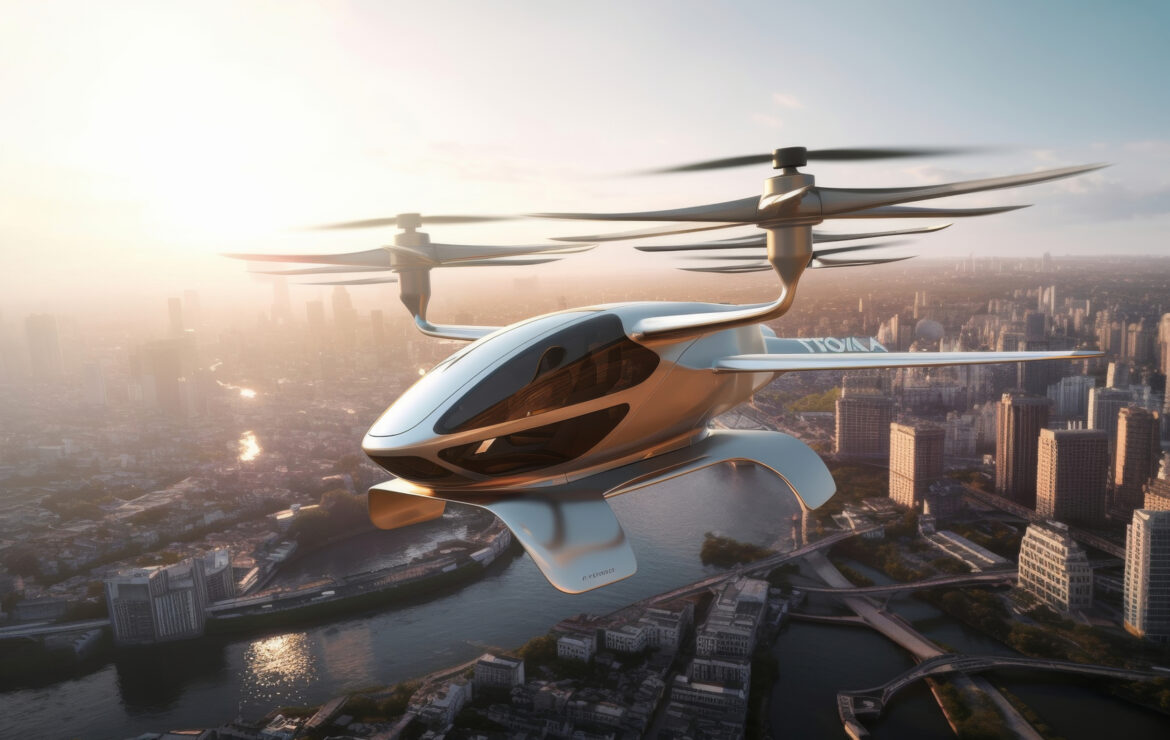
Understanding Thermal Management for Advanced Air Mobility
As with many vehicular and off-highway markets, aerospace is quickly seeking solutions to decarbonize and enhance mobility. Among the vertical markets within aerospace, the Advanced Air Mobility (AAM) community is arguably paving the way. While revolutionizing the ability to electrify aircraft, the vision of flying with alternative energy sources is quickly becoming a reality. As battery technology allows greater power density, thermal challenges continue to accelerate. A balance between thermal dynamics and energy efficiency remains one of the most crucial factors in this new aircraft technology.
The turbine engines used in traditional Vertical Take-off and Landing aircraft (VTOL) have a much wider operating temperature range than batteries in electric propulsion designs. Just like an Internal Combustion Engine (ICE) may need to be warmed up in cold temperatures, aircraft batteries may also need pre-conditioning in cold climates. Conversely, as the batteries discharge energy during different phases of flight and climate operations, cooling is necessary to keep them within an optimal operating range.
Battery thermal management is crucial to maintaining battery performance, efficiency, and longevity. The varying phases of VTOL flight demand different thermal management solutions. Both active and passive thermal management technology can be used during takeoff, landing, hover, transition, and pre-flight staging. Transient heat spikes and dynamic heating and cooling phases force battery thermal technology to be smart and agile.
While balancing the thermal aspects of electric aircraft, Size, Weight, and Power-Cost (SWaP-C) are equally important when considering an electric aircraft. Batteries are already introducing a challenging amount of size and weight to new Electrical Vertical Take-off and Landing (EVTOL) aircraft. A fully integrated thermal management solution may be the ideal route, while distributed systems can offer flexibility in design packaging.
At Modine, we have already rolled out numerous smart solutions to solve the toughest thermal challenges in a variety of industries. Stay tuned for our next blog when we take a deeper dive into thermal management technology and Modine’s innovative engineering approach. If you want to begin a conversation with one of Modine’s thermal management experts, contact us today to learn more about our technologies for the AAM community.





